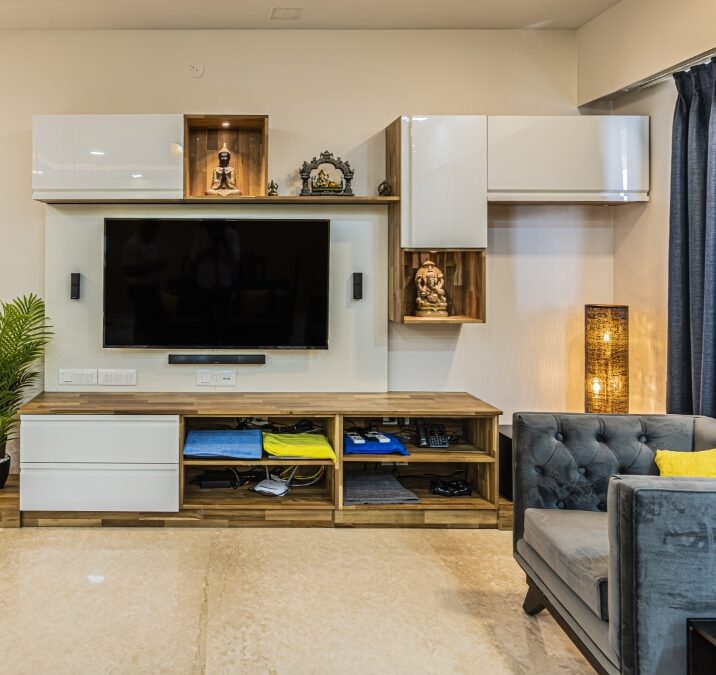Despite having glorious traditions in almost every aspect like jewellery, textiles, architecture, glass etc, India sadly lacked a history of furniture making. Whatever little furniture that existed was mostly ornamental rather than utilitarian, and only meant for the affluent. The primary reason for this was the staunch Indian culture that people sit, eat and sleep on the ground. European and Middle Eastern invaders introduced the concept of furniture to Indians. Like everything else, Indian craftsmen soon integrated different designs into its culture. They experimented with various types of wood like teak, mahogany, acacia, ebony, shisam, sal, rosewood and even exotic materials like ivory, leathers, animal skins, bones and different metals to make furniture. Intricate carvings, exquisite designs and extravagant ornamentation were trademarks of Indian furniture for over five centuries, which culminated into a fine blend of the West with the East.
CHANGES IN FURNITURE MAKING IN INDIA
With increasing population, exposure to foreign cultures and higher incomes, more and more commoners began to feel the need to have different furniture like chairs, tables, bureaus, dressers, cupboards, beds, couches etc in their houses. As large-scale tree felling and deforestation made wood dearer, emphasis was shifted to plywood. This was followed by laminates and particle boards. Likewise, robust metal clamp joints were replaced by nails, screws and industrial adhesives. The decorative factor was done away with and utility, convenience and affordability became paramount. From luxury furniture became necessity, and also reflected one’s social status and taste.
VALUE OF FURNITURE
Furniture is what makes a home out of a house. The comfortable sofa to relax on after a hard day’s work, the bed to drift effortlessly into slumberland, the dining table to eat together at, elegant chairs to seat and impress guests, the cosy couch to curl up in, smart cases to display showpieces… all lend a kind of serene homeliness to one’s dwelling. It also brings tidiness and order in storing one’s possessions. What’s more, the furniture in one’s house is an index of one’s personality and bearing, a kind of personal signature.
TRADITIONAL METHODS OF FURNITURE MAKING
Till the turn of the last century, most people simply hired carpenters to make furniture. Both client and craftsmen put their heads together and came up with simple designs to suit their needs. Rough sketches on notepaper served as ‘blue prints’ and ‘drawings’. Then came the gruelling process of making. Artisans cut, sawed and hammered away for days, sometimes weeks. The house was strewn with sheets of plywood, laminates, glue, polish, thinners, veneer… along with tools. Sawdust, wood shavings, metal powder was everywhere. The bang-bang of hammers, whoosh-whoosh of planes and the ear-splitting whine of grinders and drills made life miserable for the client AND the neighbours. Incidents of cuts and bruises due to nails, screws and sharp tools were common.
The result at the end of this ordeal was a product that was rigid and non-dismantle able. They were heavy, permanent structures that needed Herculean strength to move around. And when they had run their course, they simply had to be discarded as junk.
ARCHITECTURAL PERSPECTIVE TO FURNITURE
Gone are the days of having to go through this ordeal. Nowadays skilled architects plan and create designer furniture to suit the client’s needs. With n number of amazing designs and patterns to choose from, there is no end to one’s creativity and imagination. The architect consults with the client at length and provides an array of options vis-à-vis materials, types, styles, designs, finishes, colours, shades etc. He/she then erects the furniture at the workshop with the help of state-of-the-art machinery. It is delicately transported to the site and assembled in place, with all parts fitting seamlessly like the pieces of a jigsaw puzzle. This is clean, non-messy direct assembly ensures perfect fitting down to the last micrometre. The result is a stunning embodiment of art, science and technology that is as unique as the client himself.
Another important advantage of such scientific furniture is that it can be shifted as, when and where needed, with as much as 50% savings in cost. What’s more, furniture designed by an architect increases the usable carpet area of small flats through space-saving designs. Thus, you actually get more in less.
An architect’s perspective in furniture design. It’s an upward thought!
An architect’s perspective in furniture design. It’s an upward thought!
Related Posts

Promkraft Factory Virtual Tour
Hi guys! Hope you are doing well. Have you ever wondered what it would be like to see how your modular kitchen is...

Glass Top – The Most Unique Kitchen Platform
Hola, amigos! All good? At the apparent fag end of the pandemic, when the whole world is beginning to return to normal...

Promkraft Factory Virtual Tour
Hi guys! Hope you are doing well. Have you ever wondered what it would be like to see how your modular kitchen is...

Which Unique Design To Choose For A Classy And Luxurious Kitchen Look?
Once upon a time, and for a very long time, Indian kitchens were dreary disorganized workrooms, conspicuously hidden...





